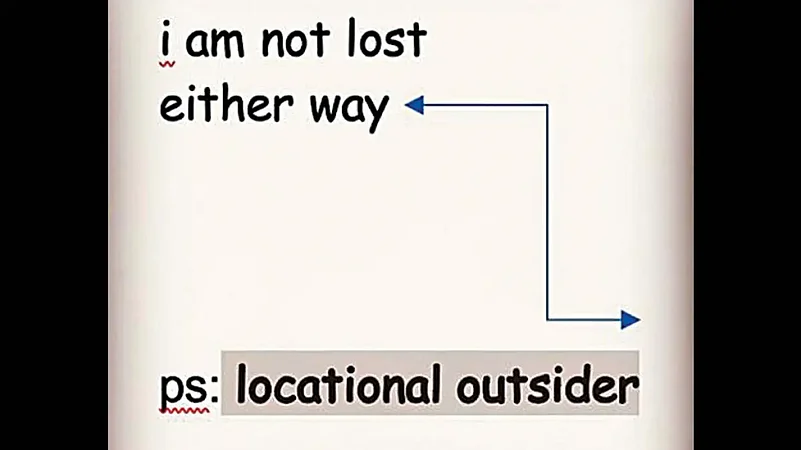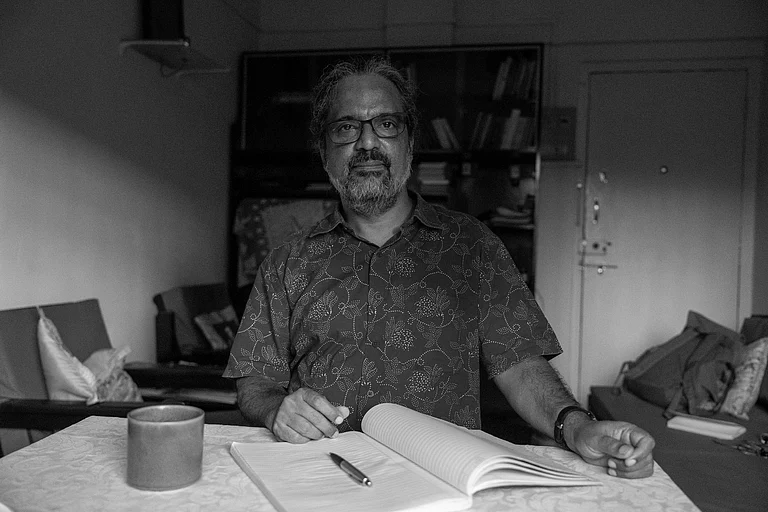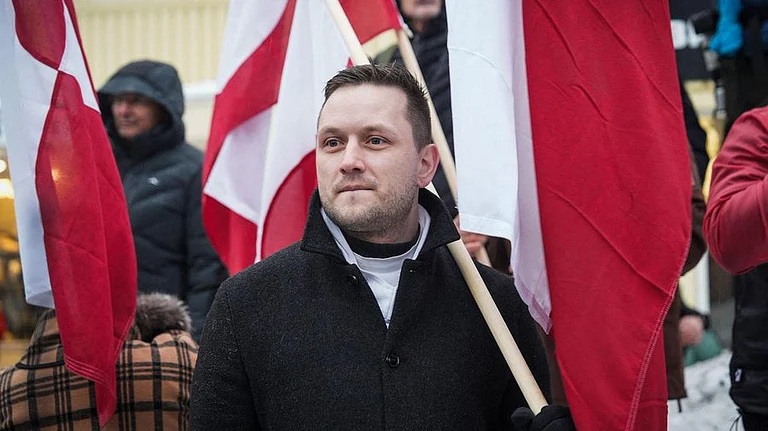Many people in India, particularly outside of Tamil Nadu, may be genuinely unaware of the complexities of the state’s language politics. Almost all of the images they would have received from their political, media, and academic circles could be hopelessly inadequate in explaining why Tamils have been ‘against Hindi’. The issue is far greater than you believe, and it is not just a question of picking up a new language. The language movement in the state may be divided into three distinct phases. The pre-Independence phase was propelled by the self-respect movement; the 1960s phase was driven by hopes for self-rule; and the third phase, today, is marked by a new generation of self-assertive minds.
Behind the public sloganeering “Hindi Ozhiga! (Down with Hindi!)” was a centuries-old, even millennia-old, schism between the political north and political south. When Congress leader C. Rajagopalachari became the first premier of the Madras Presidency in 1937, he made learning Hindi a compulsory subject in the state’s public schools. A strong movement arose against him. After three years of unrelenting opposition by the people, the British Governor of Madras, Lord Erskin, revoked it in 1940.
ALSO READ: Let A Language Contend
This historic campaign marked the stunning arrival of the Dravidian political leadership in Tamil Nadu. Brahmin dominance in the social and political spaces, which was also bolstered by an emerging Brahmin-Bania power structure in the political north after Independence, was seen as the detriment to the interests of the non-Brahmin Dravidians of the south. Non-Brahmins had no way up the power ladder since the Brahmin elite dominated both the ruling ranks of the British Raj and the contesting brigades of the Indian national political establishment.
The socio-political pioneers like Iyothee Thasar, Maraimalai Adigal, ‘Periyar’ E.V. Ramasamy and others came from different socio-economic and political backgrounds, but united in fighting anything Brahminist. When the ideas of Hindi-Hindu-Hindustan got into a singular shape in the north, the south had already found an antithesis in the form of a secular–Tamil-Dravidian framework. Tamil symbolises a pre-Aryan past and the community gained confidence after the recovery of Sangam and post-Sangam literature, as well as linguists’ conclusion that Tamil and other Dravidian languages constitute a distinct language family independent from Sanskrit. As a result, Tamil became a natural political shield. With the emergence of non-Brahmin self-assertion and claims to political power sharing, the Indian national movement, dominated by Brahmins in the Madras Presidency, was in a self-denial mode. Calling Hindi a nationalist duty was considered in this sense as a precursor to post-Independence takeover by the political north.
The deadline for making Hindi the sole official language of the Union and kicking out English from India was the Republic Day of 1965. As the original provision outlined in the Constitution of India drew nearer, the state exploded again. The DMK led the movement and hundreds of school and college students protested and got killed by paramilitary forces unleashed by the Union government, led by the otherwise peace-loving Prime Minister Lal Bahadur Shastri. Finally, the attempt to make Hindi the sole official language of the Union failed. The struggle of 1965 was not to reject Hindi’s right to be India’s official language. It was about maintaining English as the country’s co-official language, as a fair deal for non-Hindi people, and recognising all state languages as official languages. Even C. Rajagopalachari, the villain of 1938-39, allied with the non-Brahmin DMK in Tamil Nadu, fearful that the ‘Hindi-only’ policy would be detrimental even to the interests of the south Indian Brahmins in the power corridors of New Delhi! The popular anger against the Congress government propelled the Kazhagam to power, parcelling out INC from the state, perhaps forever. Later, the first DMK chief minister C.N. Annadurai’s administration saw a two-language policy (Tamil and English) approved as the state’s official language policy, thereby closing the door to direct admission of Hindi for good.
Nonetheless, the Union government never ceased pressing Hindi on the state, and the state never ceased to oppose it. The game continued in an almost ritualistic fashion for half-a-century now! The third phase began recently, when Narendra Modi came into power in 2014. The BJP has been unequivocal in its position of ‘one nation, one language’. But two factors worked against it. English education and the bilingual formula benefited two generations in the state, and Tamil Nadu’s socio-economic metrics were already better on many measures. The state’s growth was not hampered by a lack of Hindi understanding. As a result, when a Union minister talks about how important Hindi is, the young Tamils find it very unconvincing. Another factor goes even deeper. A recent demographic shift seems to have affected the thinking of people in non-Hindi states. As millions of labourers from Hindi-speaking states migrated to the non-Hindi states, which is not uncommon in a country with uneven growth, and as thousands of Union government and public sector jobs were filled with predominantly Hindi-speaking employees, at the cost of local aspirants, the anger of the affected youths grew.
New Delhi’s discriminatory stance towards the demands of non-Hindi language rights, as well as the Union government’s new-found aggression on the language front, have spurred non-Hindi youngsters to congregate across states and take to the ‘virtual streets’ to resist the Hindi monopoly. In Karnataka, Maharashtra, Bengal, Kerala, Tamil Nadu, and Punjab, collective Twitter campaigns such as #StopHindiImposition were launched, and new federal organisations like the Campaign for Language Equality and Rights (CLEAR) were formed. Even the CMs from the south, west, and east sometimes approved them, ending a hundred years of solitude of Tamils in this battleground.
India is not deserving of another divide. Today, things have changed. We have all entered the AI era, in which new language and translation technologies have effectively erased the boundaries between languages, but not the languages themselves! English is expected to be the last lingua franca of the world. The digital behemoths are pouring billions of dollars into making it possible for a Tamil speaker and a Hindi speaker to communicate with one another despite the fact that none of them speaks the other’s language. Our home minister should be content here, since English is also not necessary! But he should be concerned that the younger generation in India dislikes language imperialism. They demand equal status to all Indian languages, in letter and spirit.
(This appeared in the print edition as "Can You See the Whole Picture?")
(Views expressed are personal)
ALSO READ
Aazhi Senthilnathan is the coordinator of Campaign for Language Equality and Rights





















